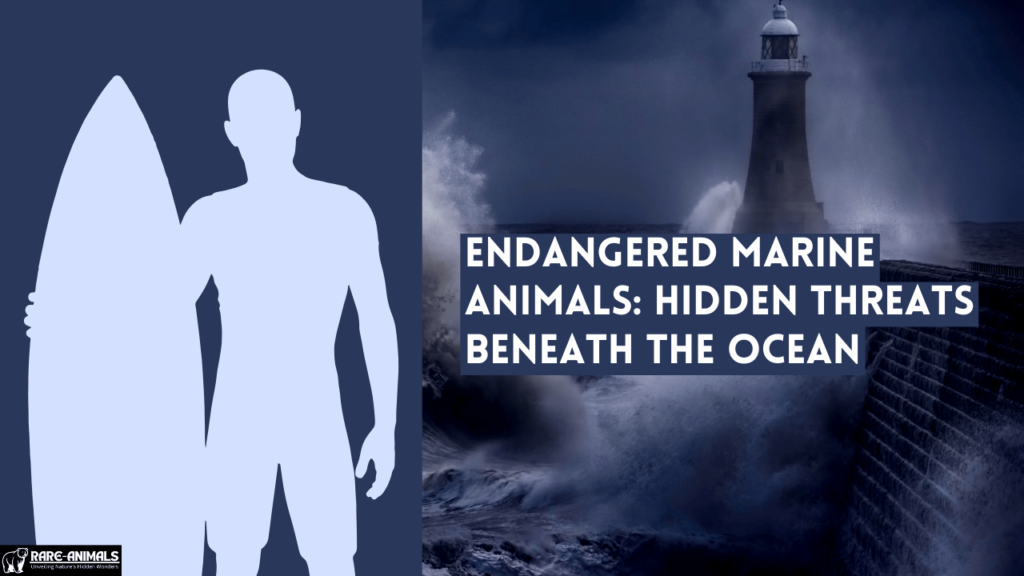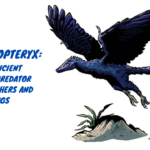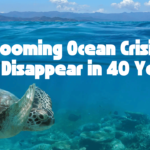The ocean, covering more than 70% of Earth’s surface, is home to an astounding array of life forms. However, many of these marine creatures are facing increasing threats that put their survival at risk.
Understanding the hidden dangers lurking beneath the waves is crucial for conservation efforts to succeed. This article delves into the key threats faced by endangered marine animals and how we can protect them.
Marine biodiversity is essential for maintaining healthy ecosystems. However, numerous species are now endangered due to human activities. From majestic whales to tiny seahorses, marine animals face various threats that significantly impact their populations.
Key Facts About Endangered Marine Animals
- Over 2,000 marine species are listed as endangered by the International Union for Conservation of Nature (IUCN).
- Climate change, overfishing, and pollution are the top threats to marine biodiversity.
- Marine animals play a vital role in maintaining ocean health, balancing ecosystems, and supporting human livelihoods.
Hidden Threats Beneath the Ocean
While some threats to marine life are visible, such as plastic pollution and oil spills, many dangers are hidden beneath the surface. Let’s explore some of the less obvious threats endangering marine animals today.
1. Ocean Acidification
Ocean acidification is a significant but often overlooked threat to marine life. It occurs when carbon dioxide (CO2) from the atmosphere dissolves in seawater, increasing its acidity.
How Ocean Acidification Impacts Marine Life
- Coral Reefs: Acidic waters weaken coral skeletons, leading to coral bleaching and habitat loss for countless species.
- Shellfish: Creatures like clams, oysters, and mussels struggle to form their protective shells in acidic waters.
- Marine Food Web: Acidification affects plankton, which forms the base of the marine food web, impacting all marine life.
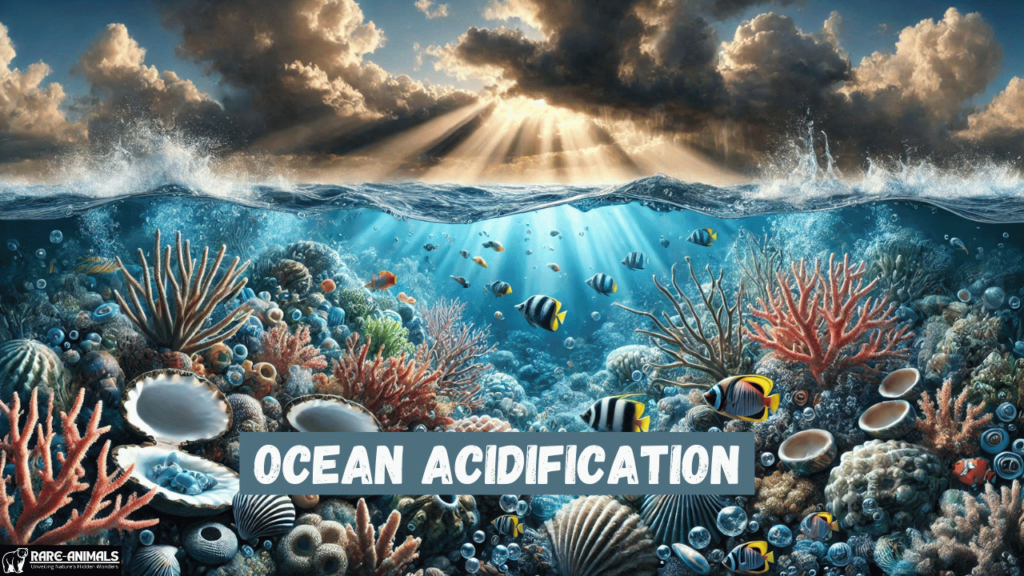
Solution: Reducing CO2 emissions is critical. Conservation programs aimed at protecting coral reefs and shellfish populations can help mitigate the impact.
2. Bycatch
Bycatch refers to the unintentional capture of non-target species during commercial fishing operations. It’s a major threat to endangered marine animals.
Species Most Affected by Bycatch
- Sea Turtles: Often caught in fishing nets, sea turtles face injury or death from bycatch.
- Dolphins and Porpoises: These marine mammals are frequently entangled in fishing gear.
- Sharks: Many shark species are caught unintentionally, leading to declining populations.
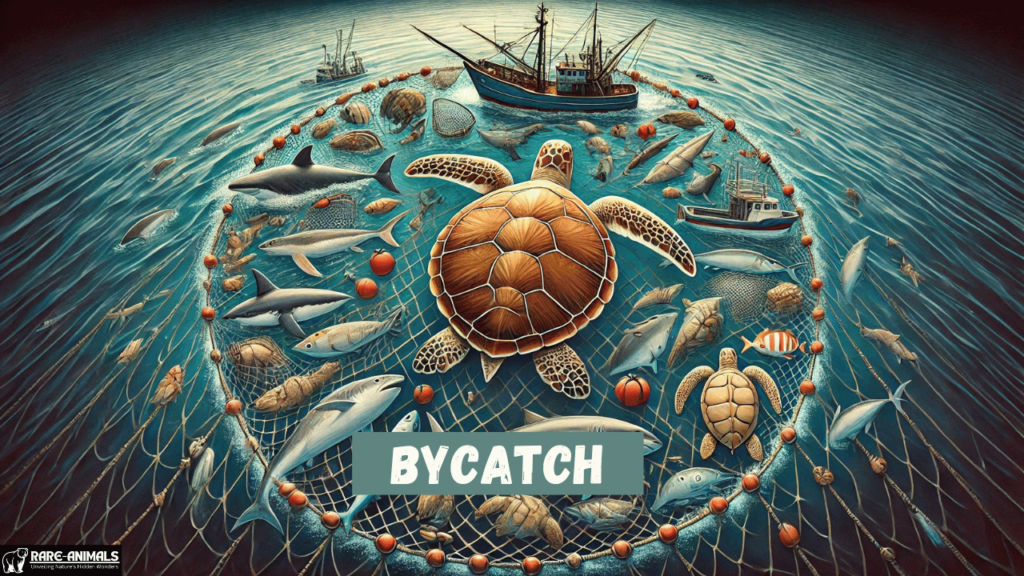
Solution: Implementing bycatch reduction technologies, such as turtle excluder devices (TEDs), can help minimize this threat.
3. Habitat Destruction
Habitat destruction is a major driver of marine species endangerment. Coastal development, bottom trawling, and mangrove deforestation are some of the activities that contribute to habitat loss.
Examples of Habitat Destruction
- Coral Reefs: Destruction caused by tourism, pollution, and destructive fishing practices.
- Mangroves: Vital breeding grounds for many marine species are being cleared for agriculture and urban development.
- Seagrass Meadows: Often damaged by boat anchors and coastal development.
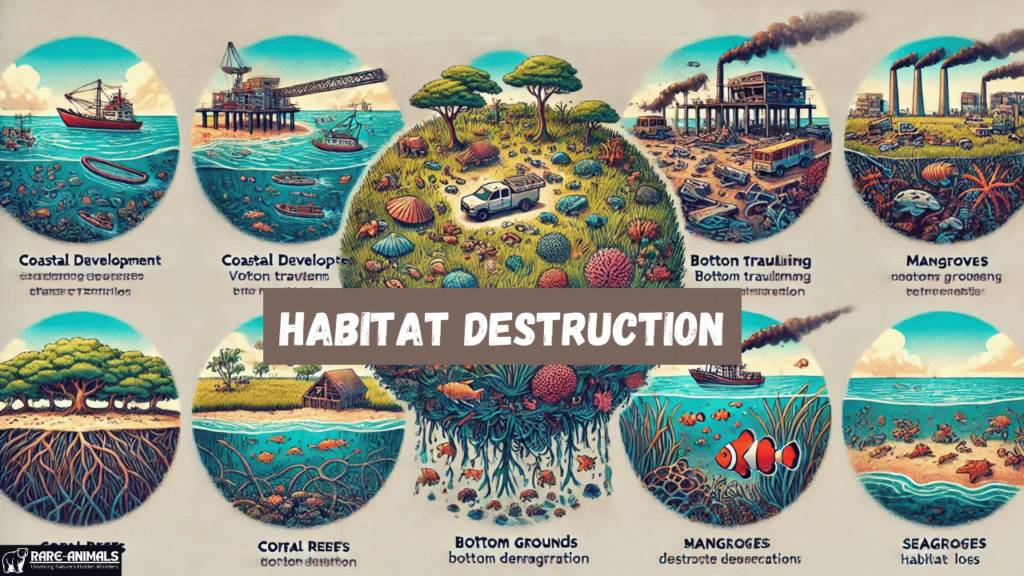
Solution: Establishing marine protected areas (MPAs) and restoring damaged habitats can significantly help endangered marine animals.
4. Climate Change
Climate change has far-reaching effects on marine ecosystems. Rising sea temperatures and changing ocean currents disrupt marine life.
Impact of Climate Change on Marine Animals
- Coral Bleaching: Warmer waters cause corals to expel the algae living in their tissues, leading to bleaching.
- Migration Patterns: Many species are forced to migrate to cooler waters, disrupting ecosystems.
- Extreme Weather Events: Hurricanes and cyclones can destroy marine habitats.
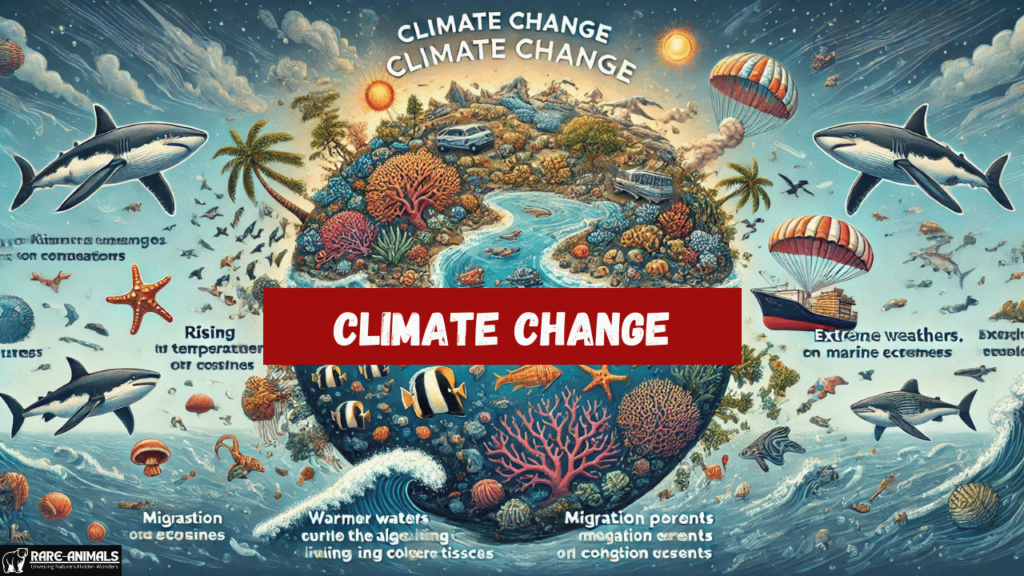
Solution: Global efforts to reduce greenhouse gas emissions and promote renewable energy can help mitigate climate change impacts.
5. Illegal Wildlife Trade
The illegal trade of marine animals and their parts poses a severe threat to endangered species.
Commonly Trafficked Marine Animals
- Sea Turtles: Poached for their shells, meat, and eggs.
- Sharks: Hunted for their fins, which are used in shark fin soup.
- Corals: Harvested for jewelry and aquarium decorations.
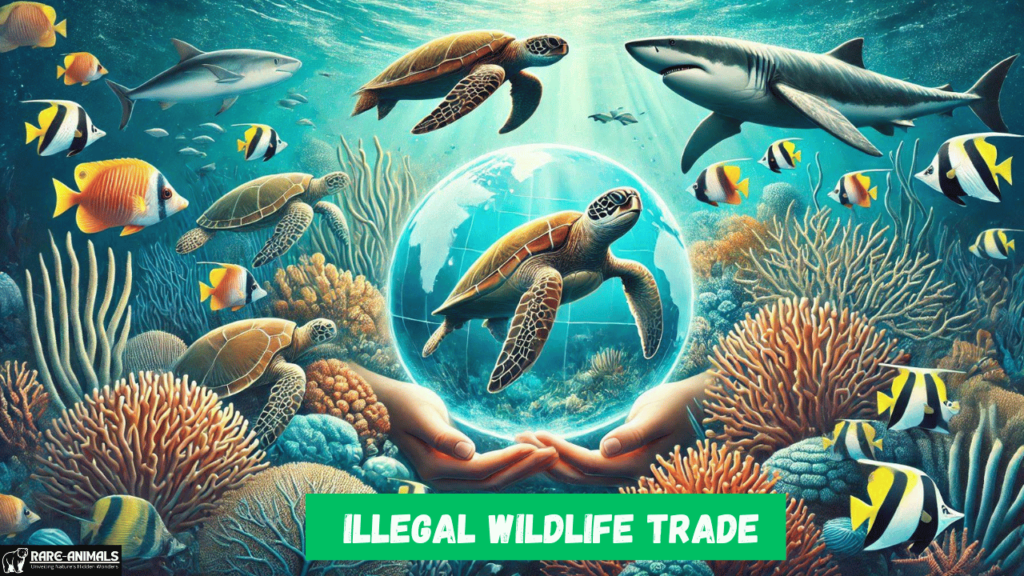
Solution: Strengthening law enforcement and raising awareness can help combat illegal wildlife trade.
The Role of Marine Conservationists
Marine conservationists play a critical role in protecting endangered species and their habitats.
Key Conservation Strategies
- Marine Protected Areas (MPAs): Designating areas where human activity is restricted to protect marine biodiversity.
- Restoration Projects: Initiatives to restore damaged ecosystems, such as coral reef restoration.
- Public Awareness Campaigns: Educating communities about the importance of marine conservation.
How You Can Help Protect Endangered Marine Animals
Anyone can contribute to marine conservation efforts. Here are some actionable steps you can take:
Tips for Individuals
- Reduce Plastic Use: Minimize single-use plastics to reduce ocean pollution.
- Support Sustainable Seafood: Choose seafood that is sustainably sourced to prevent overfishing.
- Participate in Beach Cleanups: Help remove trash from beaches and coastal areas.
- Advocate for Policy Changes: Support legislation aimed at protecting marine life.
Tips for Organizations
- Fund Conservation Projects: Provide financial support to organizations working to protect marine life.
- Conduct Research: Gather data on endangered species and their habitats to inform conservation strategies.
- Engage in Advocacy: Work with governments to implement policies that protect marine biodiversity.
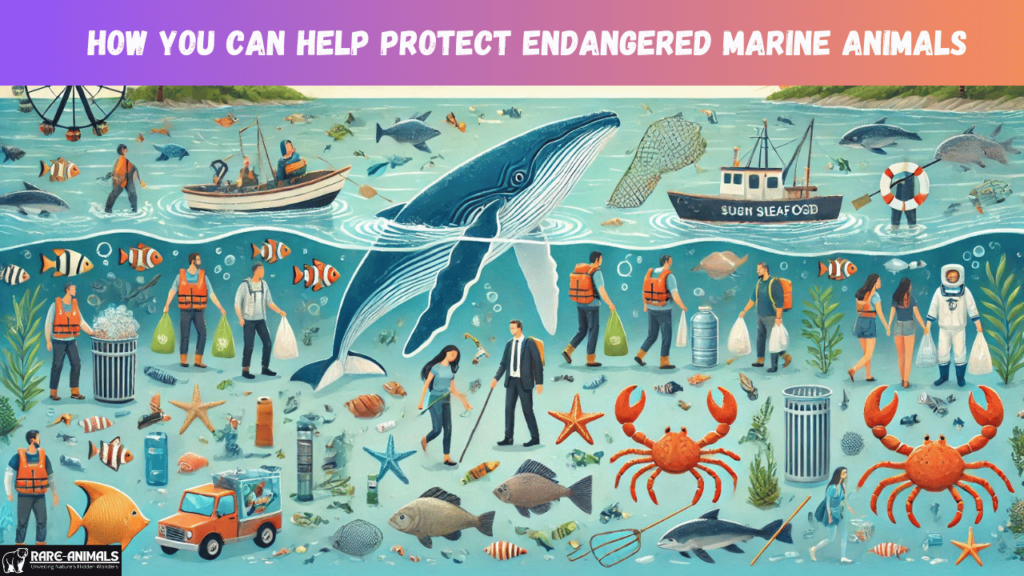
Conclusion
The hidden threats beneath the ocean are putting many marine animals at risk. From ocean acidification to illegal wildlife trade, these dangers require immediate attention.
By understanding these threats and taking actionable steps, we can help protect endangered marine animals and preserve our oceans for future generations.
FAQs
What is the biggest threat to marine animals?
The biggest threat to marine animals is human activity, including pollution, overfishing, and habitat destruction.
How does ocean acidification affect marine life?
Ocean acidification weakens coral reefs and makes it harder for shellfish to form their protective shells, disrupting marine ecosystems.
What can individuals do to help endangered marine animals?
Individuals can reduce plastic use, support sustainable seafood, participate in beach cleanups, and advocate for policy changes to protect marine life.
Why is bycatch a problem?
Bycatch leads to the unintentional capture and death of non-target species, including endangered marine animals.
How do marine protected areas help conservation efforts?
Marine protected areas restrict human activity in specific regions, helping to preserve habitats and protect endangered species.

Alveena is an experienced content writer with a knack for crafting engaging and insightful pieces. She thrives on breaking down complex ideas and presenting them as clear, captivating content that resonates with readers.

